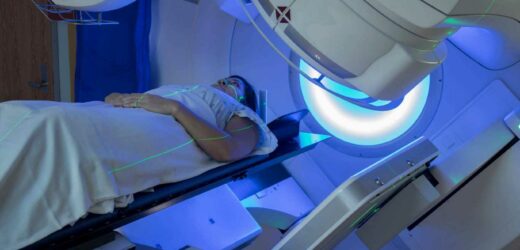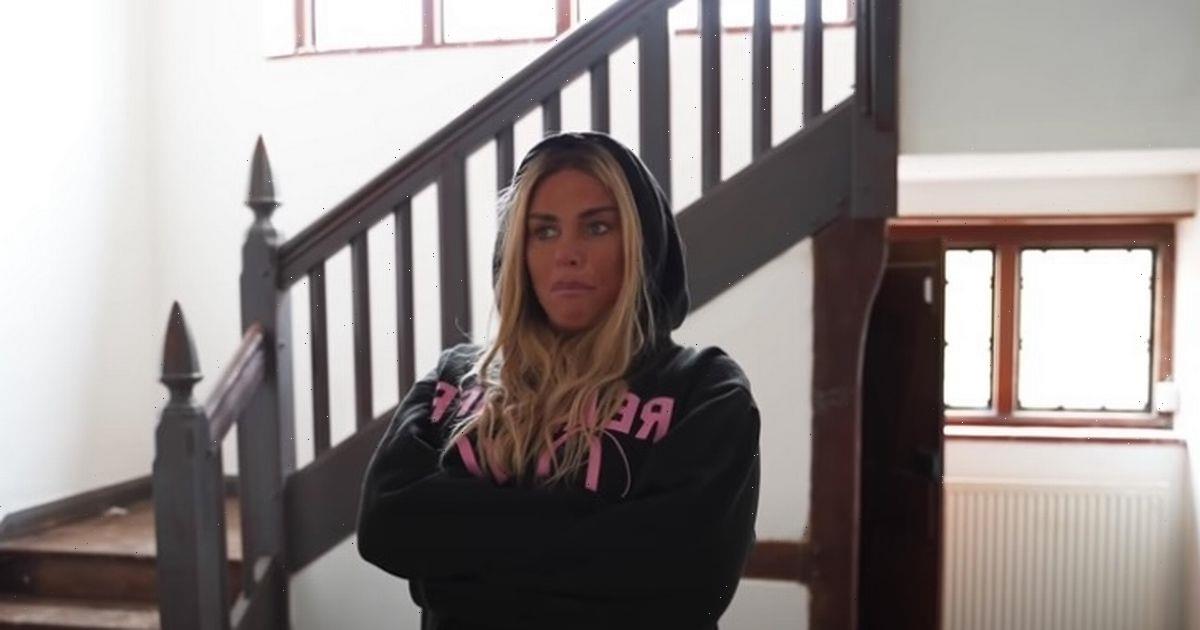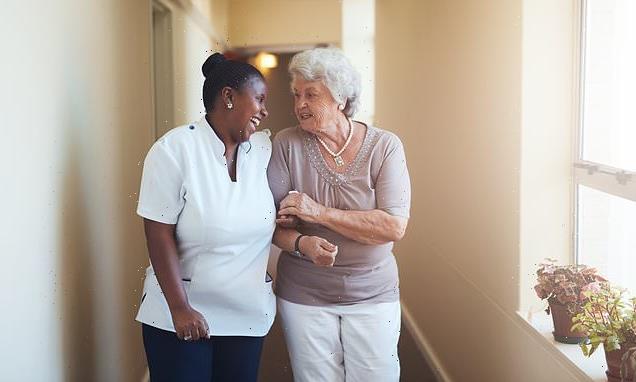MORE than 10,000 fewer women started breast cancer treatment last year – with numbers plummeting by over a fifth.
Experts warn many have been missed after screening was temporarily halted during the peak of the Covid crisis.
And thousands more patients have avoided seeing their GP about minor symptoms due to pandemic fears – meaning their cancer wasn’t spotted.
Medics now warn the huge backlog in treatment could trigger a spike in preventable deaths.
Around 48,800 women start breast cancer treatment in England annually, according to Cancer Research UK.
So the drop of 10,600 in the past 12 months represents a 22 per cent fall on the yearly average.
The majority of these “missing” breast cancers are thought to be early stage disease, which are usually more treatable.
'DON'T HESITATE'
Professor Charles Swanton, Cancer Research UK’s chief clinician, said: “Considering the huge disruption to cancer services, sadly, these figures are not surprising.
“And we’re seeing the impact of effectively pausing breast screening which detects almost a third of breast cancer cases.
“But it’s important to remember that cancer screening is for people without symptoms, so it’s vital that if people notice anything usual for them, please don’t wait for screening – get in touch with your GP.
“In most cases it won’t be cancer, but if it is, catching it early gives the best chance of survival.”
Cancer Research UK estimates around 38,000 fewer people started treatment for all types of the disease in England over the past year.
Michelle Mitchell, Cancer Research UK’s chief executive, said: “These figures are worrying, and we could see progress slow over the coming years as the true effect of the pandemic is revealed.
“The NHS is showing signs of recovery, but a huge effort is still needed to clear the cancer backlog as quickly as possible to help avoid preventable cancer deaths as a consequence of the pandemic.
“Government must make sure there is enough funding for staff, diagnostic equipment and the research needed to improve cancer care across the UK in the long term, so cancer patients are given the best chance of surviving their disease.”
An NHS spokesperson said: “The NHS is working hard to treat more cancer patients than ever before and the latest figures show that treatment levels are now back to pre-pandemic levels, with more than 200,000 people referred for cancer checks in April following a record high the month before, and more than nine in ten people started treatment within one month.
“Breast screening services are open with extra clinics put in place and thousands of invites being sent every month, so if you are invited please book your appointment.”
While experts say more funding is needed, there are some things you can watch out for when it comes to cancer.
Here are the six signs you could be at risk.
- Unusual bleeding: Bleeding can be a sign of many things but when it comes to cancer, it could indicate cervical or Bowel Cancer. Dr Sara Kayat said: “One of the most common symptoms of cervical cancer is abnormal bleeding: a change in your period or unexplained bleeding between periods or after sex.”
2. Lumps and bumps: Lymph cancers like lymphoma can cause raised lymph nodes: a small bump around the neck, groin or armpits.
Breast cancer is more common in people over the age of 50 but you should always check your breasts for lumps and numps.
Testicular cancer is the most common cancer to affect men aged 15 to 49. Dr Kayat said: "Men should watch for any change in the shape or size of their testicles, as well as any lumps.
"A dull ache or pressure in the groin, abdomen or lower back can also be a sign.”
3. Bloating: Ovarian cancer is most common in women over 50, but cases are rising among younger women. One in five women are now diagnosed at a younger age.
It often causes persistent bloating, appetite loss, indigestion and weight changes.
4. Mole changes: Skin cancer is most common in older people, here's a great tests so you know what to look for.
- A is for asymmetry. Melanomas usually have two very different halves and are an irregular shape.
- B is for border. If the mole was defined but is now irregular, speak to your GP.
- C is for colour. Usually, moles are one colour. A mixture could be a sign of cancer.
- D is for diameter. If it’s more than 7mm, it could be at risk of turning cancerous.
- E is for evolving and expanding, so be mindful of any mole that appears to grow.
5. Toilet habits: Each year around 110 people are diagnosed with bowel cancer. Look for changes in the consistency of your stools, especially looser and more frequent poos. Blood in stools is a warning sign, as is unexplained weight or appetite loss.
6. Issues breathing: If you're experiencing shortness of breath then it could be a sign of lung cancer. The likelihood of lung cancer goes up if you have a history of smoking.
Source: Read Full Article




